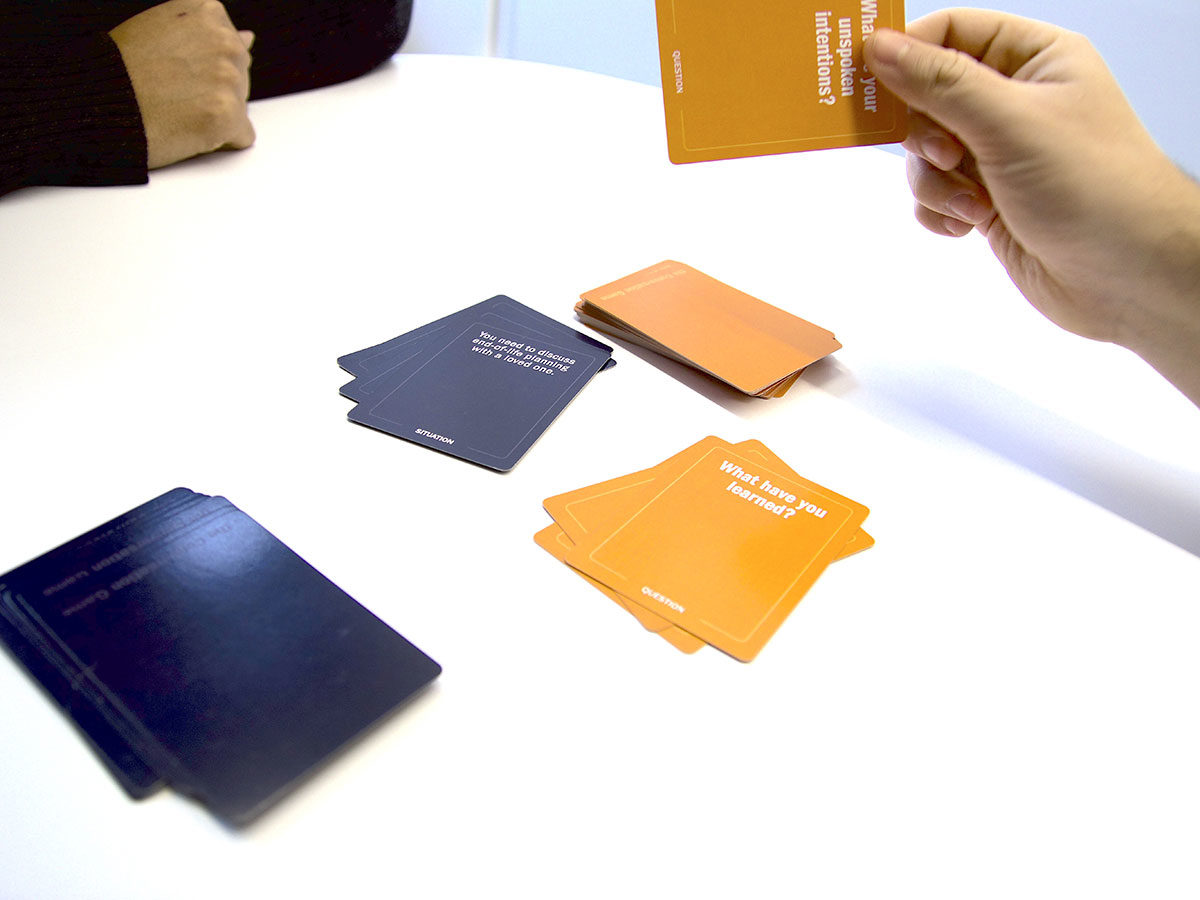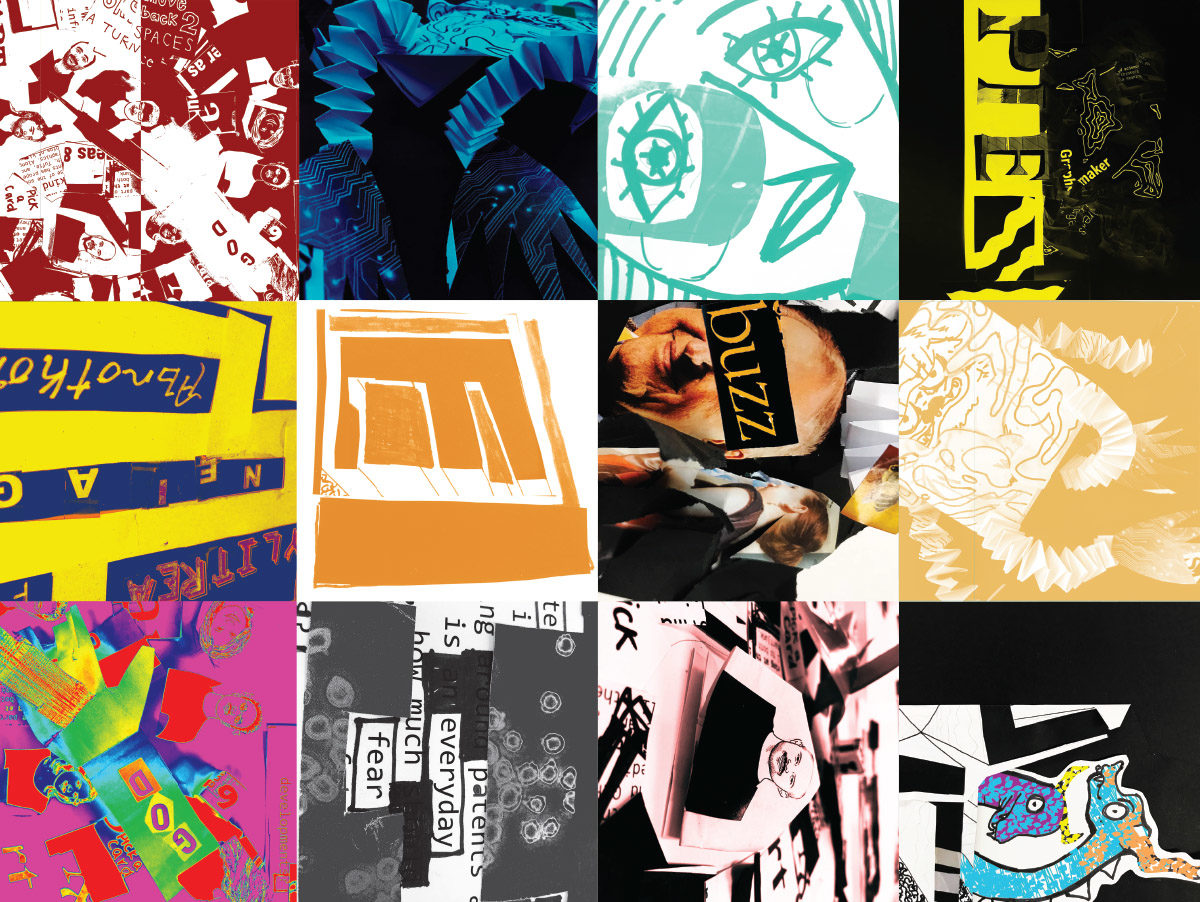Danilo Bojic
Assistant Professor
Winona State University
With global warming and climate changes, environmental topics—including awareness, conservation, and outreach—became relevant topics in several humanistic disciplines, including design. The collaborative effort, though interdisciplinary approach, needs to be made to provide students with solid educational opportunities during their design studies beyond the traditional curriculum.
As part of the Advanced Typography in Visual Communication course at Winona State University, students engage with community members around current environmental topics involving Lake Winona, Winona, MN. Through the project, students further develop compositional skills and methods of visual organization using abstraction. Students consider and develop an awareness of subtleties and detail of the letterforms and the effect of formal alteration on a neutral, without bias or obvious meaning, letterform. Through semantics and syntax, students explore design methods and criteria through which the meaning of the typographic message and form may be altered. At first, students raise questions regarding conservation and local/regional impact, followed by investigating a series of topics concentrating on types of pollution and visualizing them through experimental typographic methods. Finally, they develop creative responses raising awareness and informing the local community through project work.
Findings presented give a better look at the overall health of Lake Winona, including water clarity; blue-green algae and toxin levels; nutrients, plants, and algae relationship levels. Visual responses range from experimental typographic, mark-making, and mix media representations of different types of pollution to infographics providing guidance for better daily practices in gardening and waste management. Students’ call to action could result in fertilizing reduction by the local community, fostering expansion of naturally occurring native plants to filter water nutrients and lowering yard waste entering and affecting the lake and the local ecosystem.
The documented experience provides fertile ground for future iterations of this class as a method of following positive/negative environmental development in this local community and creating a platform to raise awareness and call to action.
This research was presented at the Design Incubation Colloquium 7.1: Oakland University, MI on October 17, 2020.


